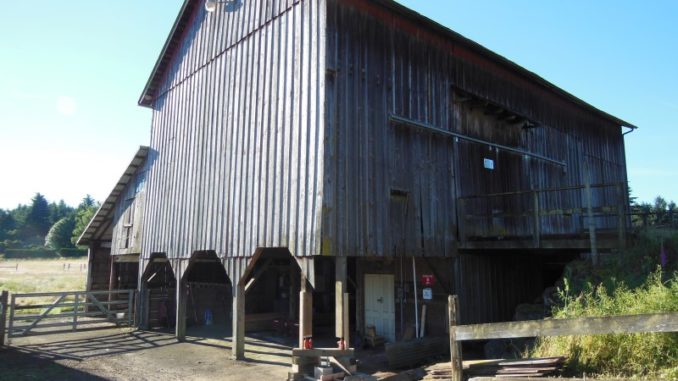

100 more years of life for the old barn! That’s what we may have accomplished with the replacement of a rotting corner post in June and July 2014.
The corner of a building is a critical component in the structural integrity of the building. In the first few photos, you can see that the bottom of the post at the northwest corner of the barn was rotted. The bottom was mushrooming out over the concrete pier block, and the weight of the building was causing the corner post to deflect away from a vertical orientation.
While there are several other areas of the barn that need attention, the failing corner post was an urgent issue that demanded immediate attention.
Here’s what Jeff (our repair person) did:
- Removed old, damaged board-and-batten siding.
- Brought in timbers to form a strong base for installing temporary posts to take the weight of the barn.
- The corner was raised with hydraulic jacks and the corner post was removed. Note the old mortise-and-tenon joint connecting the top of the post to the overlying beam! That is a wonderful piece of construction history to find.
- Cut away the pavement, remove the old pier block, and expose the underlying foundation stone. We don’t know how big it is, but the stone is evidently the original foundation stone and is larger than the hole we cut.
- Form rebar to provide strength to the new monolithic concrete footer.
- Build a form for the new footer.
- Before pouring concrete, a bonding agent was applied to make a stronger connection between the new concrete and the old foundation stone.
- Mix the concrete, pour it, tamp it down to get all the bubbles out, and float it for a finished surface.
- Add “safety boards” to the temporary posts just in case the hydraulic jacks settle while we wait a week for the concrete to set and cure.
- Meanwhile, we bought a new rough-cut post and new boards from Yoder Mill.
- Install the new post.
- There was extra concrete, so Jeff built a quick form and poured a small stem wall to expose the wall boards to less water.
- Rebuild the board-and-batten wall.
While not entirely historically accurate, this repair job was urgently needed and Jeff did a great job on it. By using rough-cut lumber, we were able to preserve the character of the old barn. The base of the post is now connected directly to the footer for better structural integrity, and the top of the post is similarly connected to the overlying beam. The top of the footer is higher than the previous pier block, so the bottom of the post is less likely to be damaged by moisture. The monolithic structure of the reinforced concrete footer provides a very strong base for the barn corner, and the bonding agent helps assure that the footer is not going to move around on top of the original foundation stone. The stem wall will help protect the new wood from water damage.
It may just be that we added another 100 years of life to the old barn!
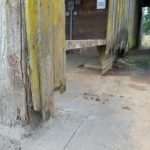
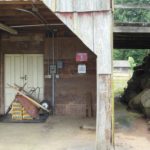
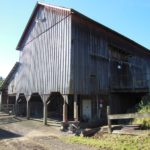
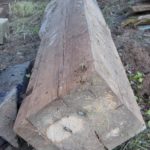
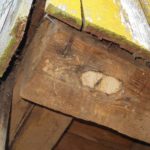
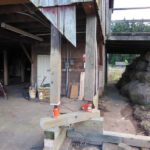
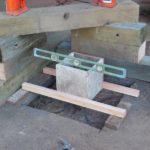
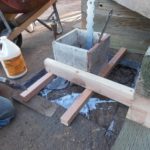
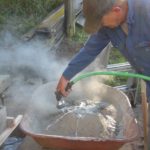
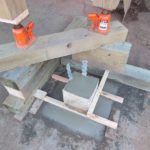
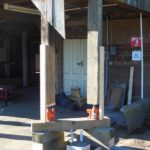
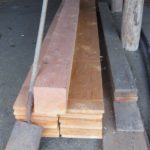
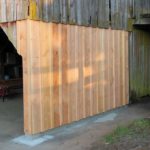

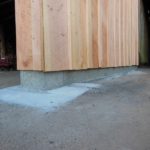
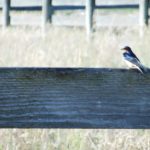

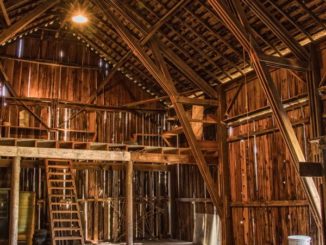

1 Trackback / Pingback
Comments are closed.